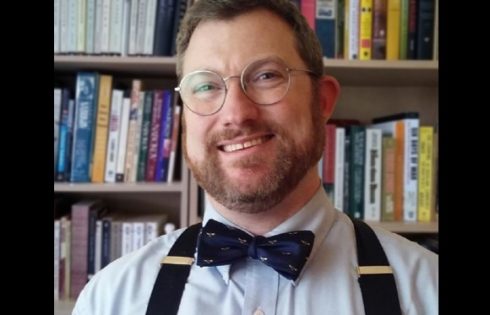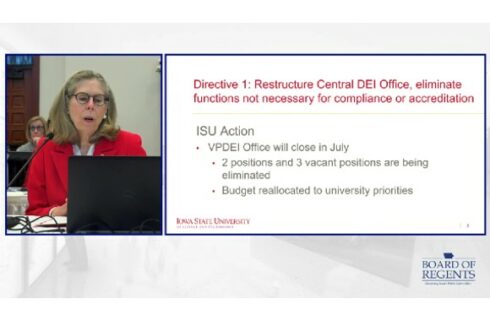OPINION
NYU economics professor Edward Wolff addressed a room full of Kansas State University students last week about the rise and fall of the middle class in America, talking for more than an hour about the growing divide between the wealthy and the working class.
But students in the lecture were given misleading information, as Dr. Wolff got the direction of the growing divide wrong. Let me explain.
An article in the campus newspaper reports that Wolff used several graphs and data sets to break down numbers that ranged from the average income of the two classes, the differences in their two income tax rates, and poverty rates over the past 100 years to prove, what he said, was a negative correlation between the two classes; in short, the wealthy get wealthier while the poor get poorer.
Wolff told the audience that “education, while it’s good, will not, I believe, reverse the problem … We need to rethink the social contract between labor and business owners.”
He went on to suggest that the progressive tax system, with its progressively high tax rates on the wealthy, will more equitably redistribute money from wealthy people to poor people.
As to his first assertion: There is, indeed, a growing divide between the wealthy economic bracket and the poor economic bracket – but it’s the poor people getting richer as rich people get poorer.
St. Lawrence University economist Steve Horwitz posits that, yes, there is a growing divide between economic brackets, but that when economists look at large groups of wealthy people or poor people, they are only getting a snapshot of the overall wealth distribution scene.
Horwitz has publicly mused about the wealth/poor divide, saying: “If we could track individual households, then we might be able to know what happens to people in, say, 5 years, 10 years, or 15 years from now.”
Thankfully, the U.S. Treasury Department has done just that, and we can glean what happens to people over several decades.
Indeed, according to the U.S. Treasury Department, more than three-quarters of working Americans whose incomes were in the bottom 20 percent in 1975 were also in the top 40 percent of income earners by 1991. Along with that, the data show that only 5 percent of those who were initially in the bottom stratum were still there in 1991.
Many political economists, like Wolff, use the myopic view that all Americans move in monolithic blocks toward predetermined income blocks to dupe the impressionable minds of young students into believing that Americans are either forever rich or are forever poor.
But clearly, as the U.S. Treasury Department has shown, Americans move often and quickly between economic brackets.
Fix contributor Christopher White is a University of Missouri graduate student, an editorial assistant for The College Fix, and Missouri state chairman of Young Americans for Liberty. He may be reached at [email protected].
Click here to Like The College Fix on Facebook / Twitter: @CollegeFix
IMAGE: TrustyPics/Flickr




Please join the conversation about our stories on Facebook, Twitter, Instagram, Reddit, MeWe, Rumble, Gab, Minds and Gettr.